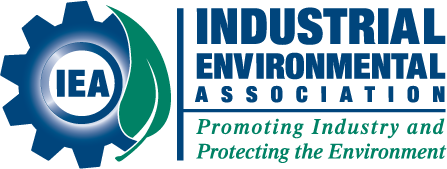The Environmental Protection Agency (EPA) has proposed a plan, titled Strengthening Transparency in Regulatory Science, that would require scientists to disclose all raw data, including confidential medical records, before the Agency could consider a study’s conclusions. EPA Administrator, Andrew Wheeler, said the plan would ensure that “the science supporting agency decisions is transparent and available for evaluation by the public and stakeholders.”
The practice of relying on verifiable science is fundamental to creating environmental policy. Providing public access to the data that drives decision-making will grant stakeholders, whom are often the ones most effected by policy changes, the opportunity to verify connections between scientific findings and regulations. In this case, the challenge of increasing transparency lies in the fact that much of the data behind current environmental and health regulations are confidential medical records.
Strengthening Transparency in Regulatory Science has the potential to open a forum for the public, stakeholders, and regulatory agencies to communicate and collaborate on decision-making. It also has the potential to override existing policy that relies on confidential records to draw connections between pollution and environmental and health risk. IEA advocates for the use of verified and replicable scientific data in policymaking and recognizes that some scientific studies depend on confidential medical information to reach conclusions. The application of sound science in the regulatory arena is crucial to striking a balance between economic growth and environmental stewardship. It is challenging to create policies that address health risks that will improve conditions yet remain manageable and feasible.
This plan was originally proposed in April 2018 and has undergone multiple drafts. EPA aims to pass the final proposal in the first months of 2020. IEA has yet to take a firm stance on this proposal but is of the opinion that compliance is more easily achieved when policy is understood by both the industrial and regulatory sector and supported by verifiable data.

